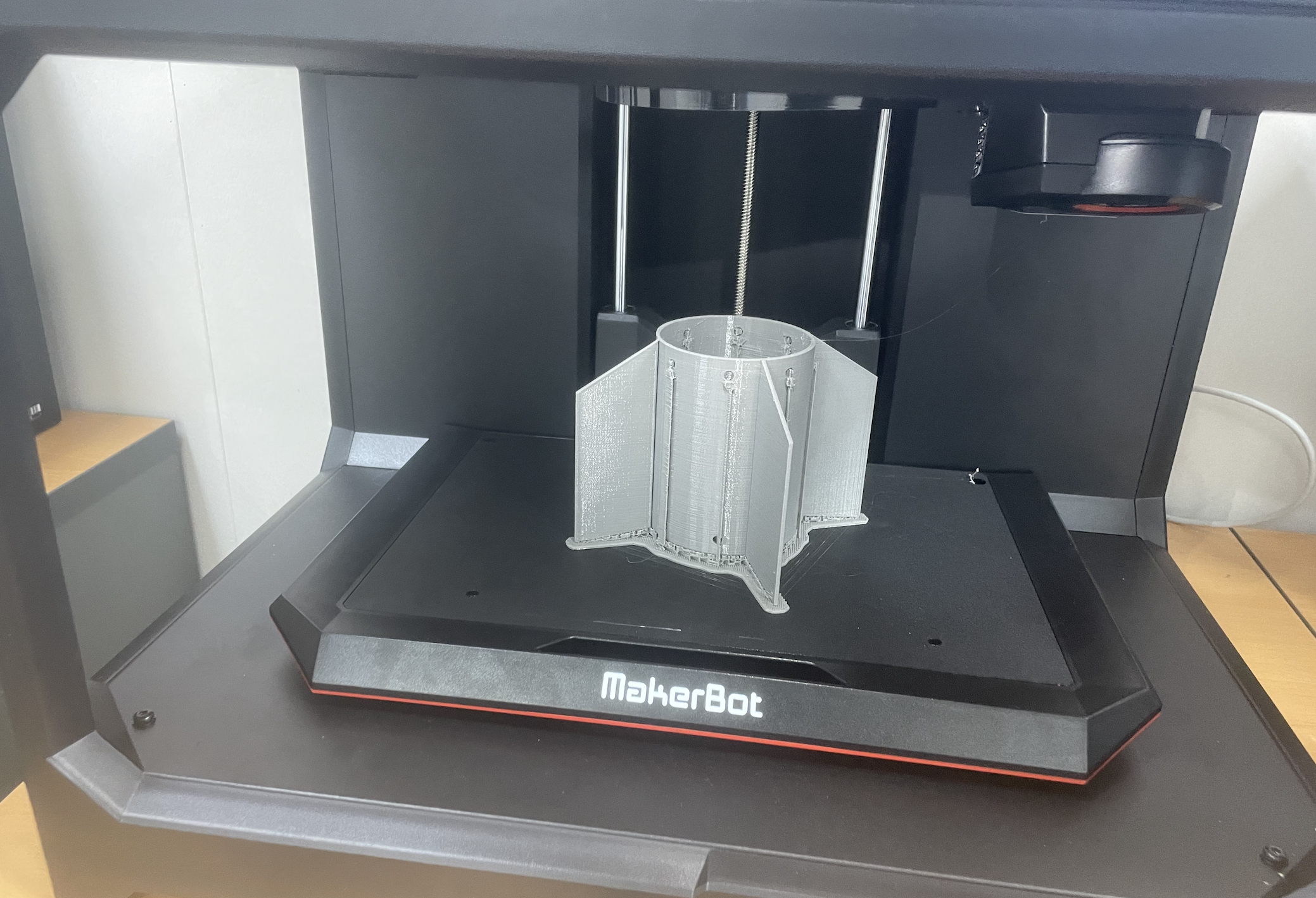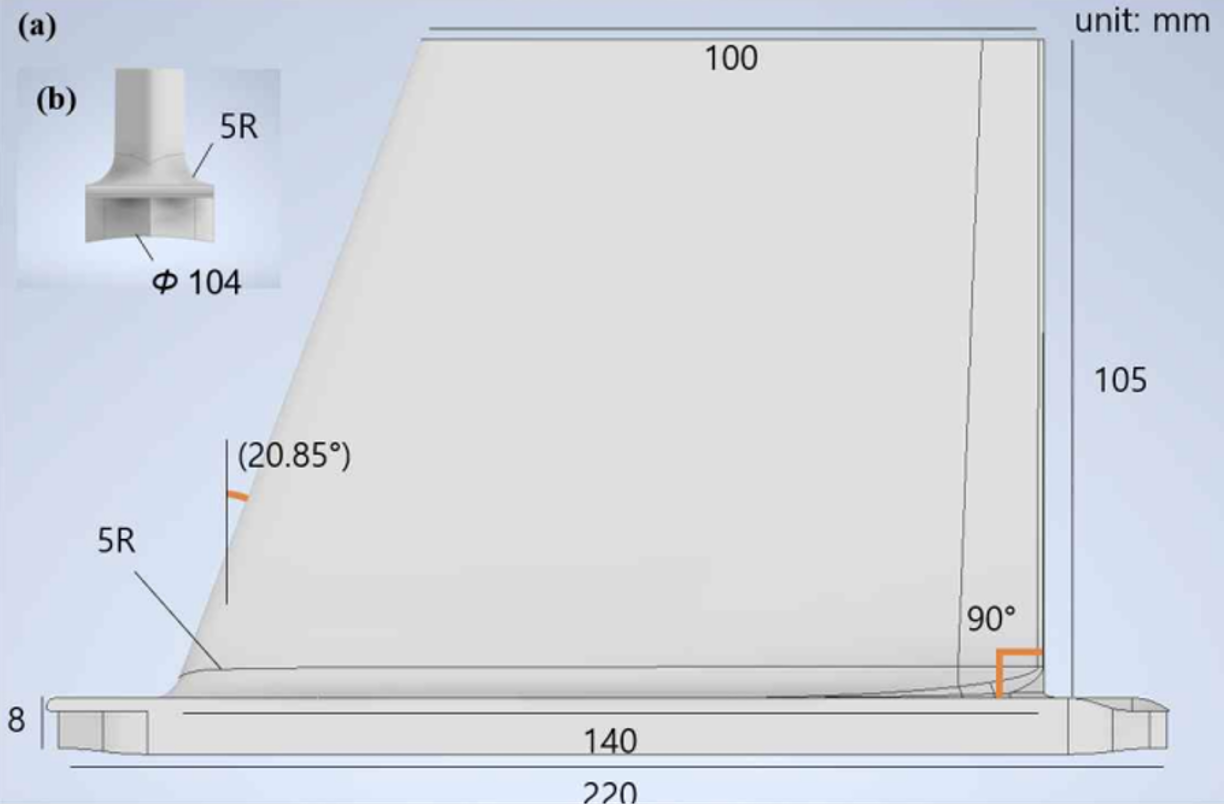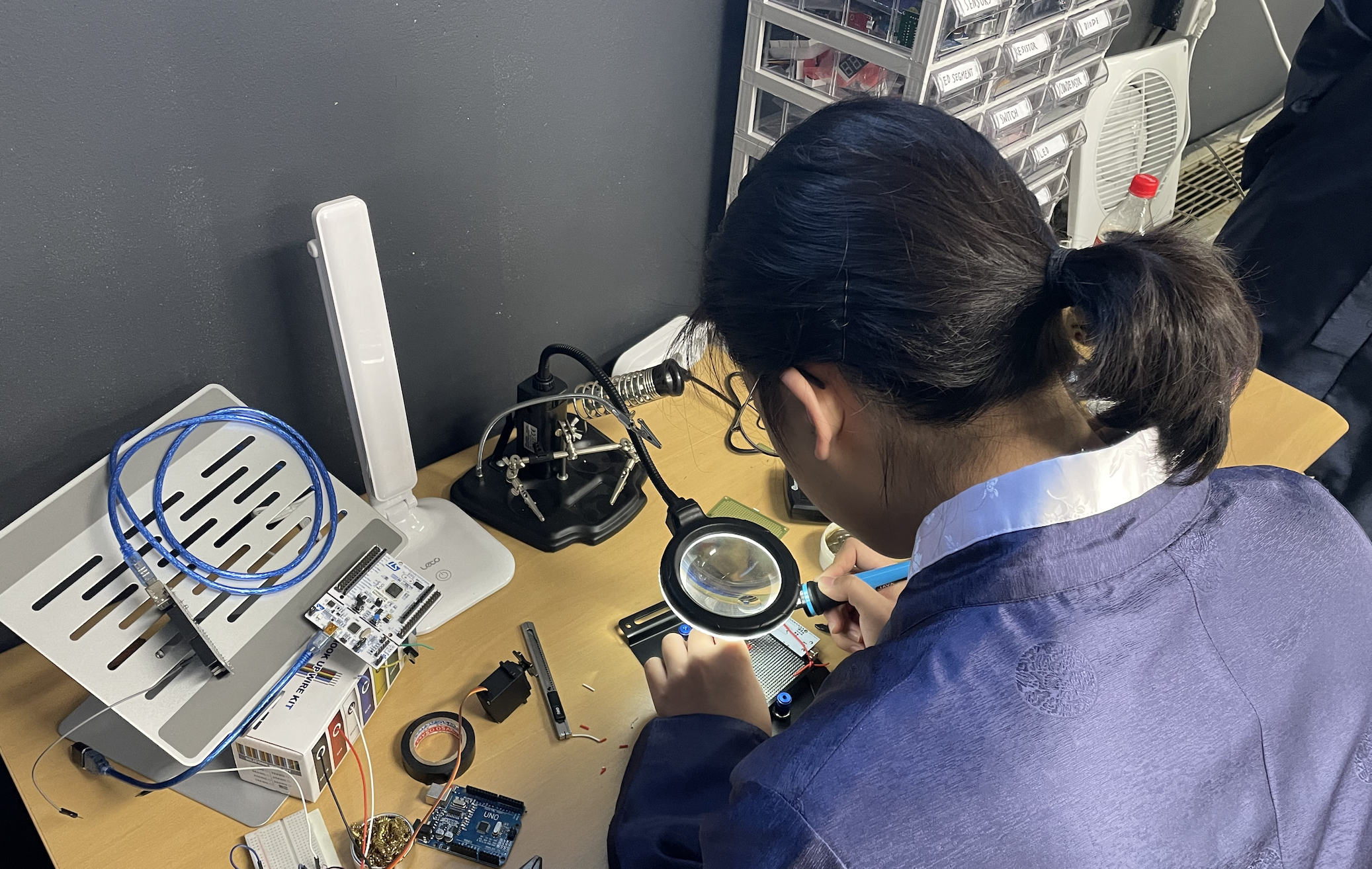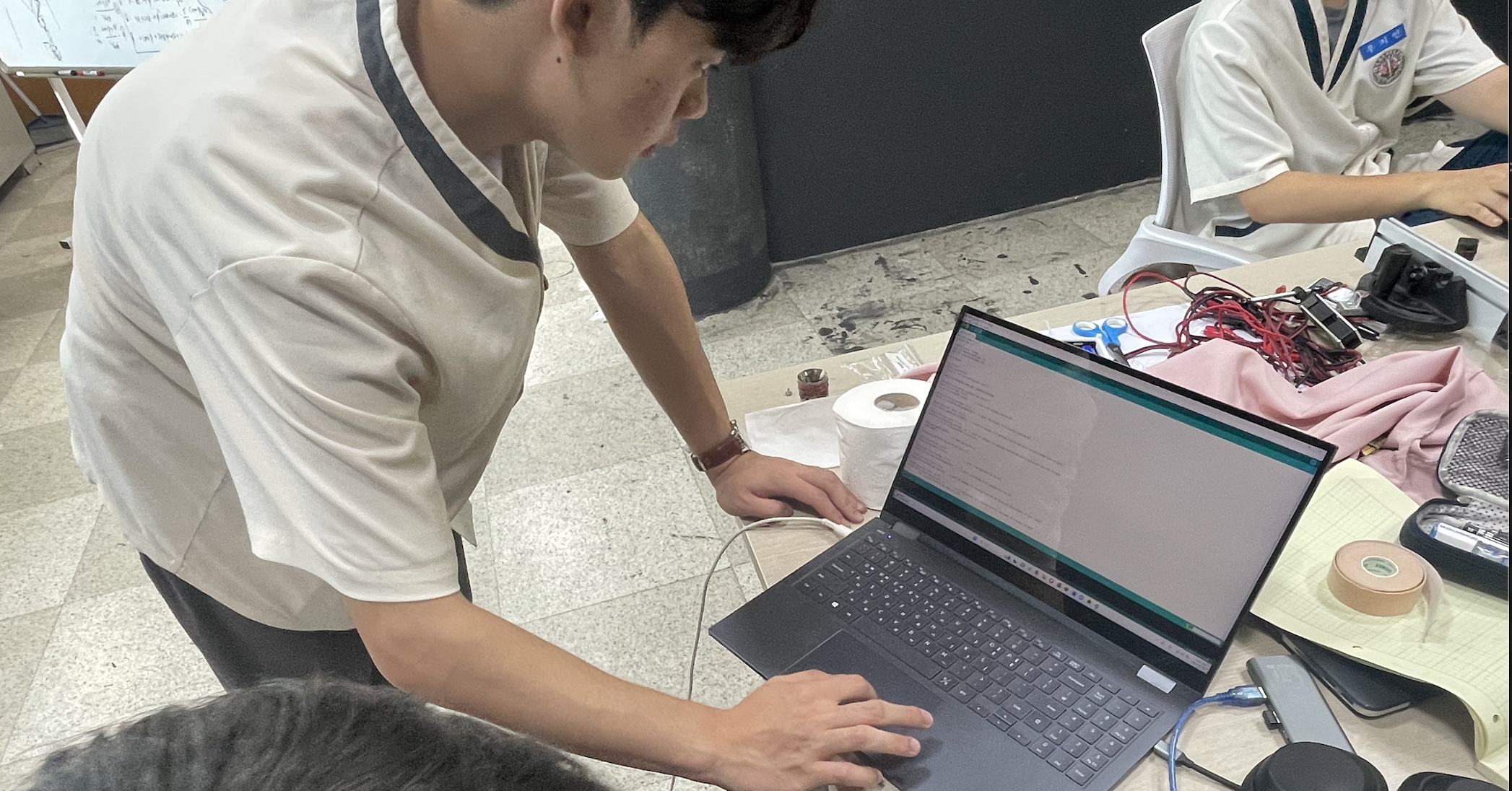Silver Snoopy Rocket Design (Computer, Parachute, Body...)
Rocket Body
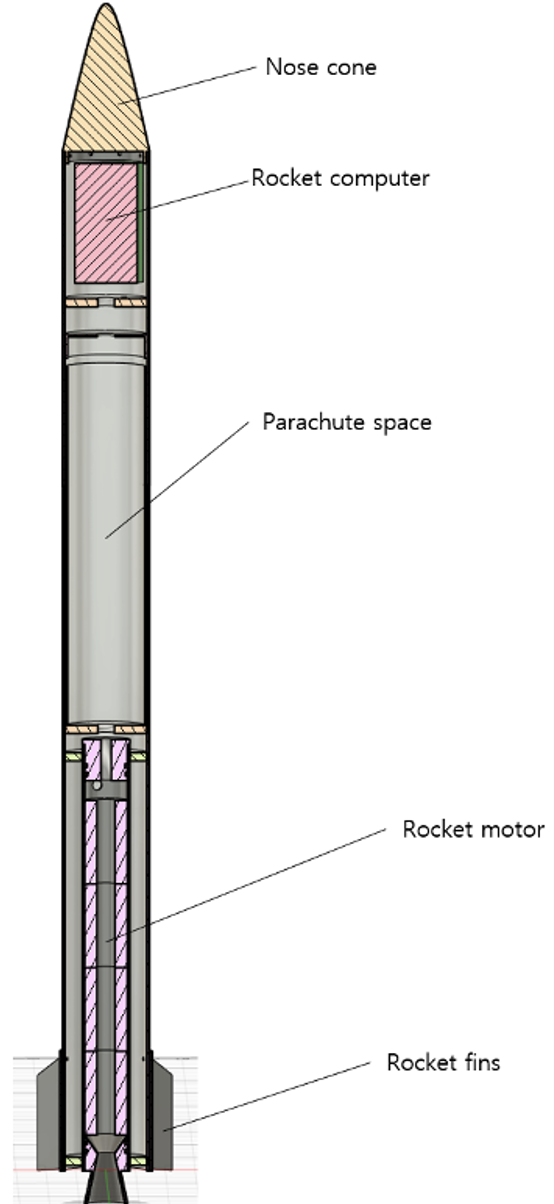
BUZ's first rocket is named “Silver Snoopy”. Powered by a BUZ Rocket Engine 1.5, it will produce about 400 N of thrust and weigh about 3 kg in total. The expected maximum altitude is around 0.9 kilometers. The main feature of the “Silver Snoopy” is that, as the name Silver suggests, the entire body is made of aluminum metal rather than paper tubes. This is so that the rocket can be recovered and refurbished for reuse, rather than being disposable like a paper tube rocket. The rocket body is designed to withstand the load of the rocket motor and receive optimal aerodynamics during flight.
First, the nose cone is based on Nakka's nose cone design mechanism.
Second, the parachute compartment is 68 mm in diameter and 300 mm long. The body is made of aluminum, which has a high impact strength, but it weighs more than 3 kg, so the size of the parachute has to be increased accordingly. The parachute is made of nylon fabric and is shaped like a circle with a diameter of 1.8 meters. After testing the parachute, we concluded that its terminal velocity is 8 m/s when there is no wind.
Third, several connectors were used to secure the rocket motor to the body. First, there are two engine connectors machined from aluminum that can be connected to the rocket body, and as a backup, a bulkhead is installed above the rocket motor, which is designed to offset the primary problem if the engine connector fails.
Fourth, the fins provide stability during the rocket's ascent flight. The overall shape of the fin is a tapered shape with a 0° retraction angle at the trailing edge. In detail, the root chord is 140mm long and the tip chord is 100mm long with an offset of 40mm, so the leading edge has a retraction angle of about 20.85°. It has an aspect ratio of 0.875 and a tapered ratio of about 0.71. The cross section uses the NACA 0008 airfoil shape, with a 5 mm radius fillet at the fin root to increase strength and reduce drag. The shape was 3D printed using PLA for ease of fabrication and has a mass of 109 grams.
Rocket computer
The rocket computer uses the Arduino Nano to collect data during the flight using pressure, temperature, altitude, and GPS sensors, which can be stored on an SD card for later review. It can also collect real-time flight information using a Lora (real-time communication device).
To realize the communication between the ground station and the rocket wirelessly, we built a module to communicate using LoRA and wrote the code. Using LoRA communication, the rocket transmits flight data values obtained through sensors, such as altitude, coordinates, speed, acceleration, and tilt, to the ground station, which displays them in a nice way through telemetry. The program that will be used in the ground station is developed as a desktop GUI app using the .NET framework in the C# language and a library called MAUI. As a result, the program is written to receive the values sent using LoRA and use them to control the rocket from the control station using serial communication.


